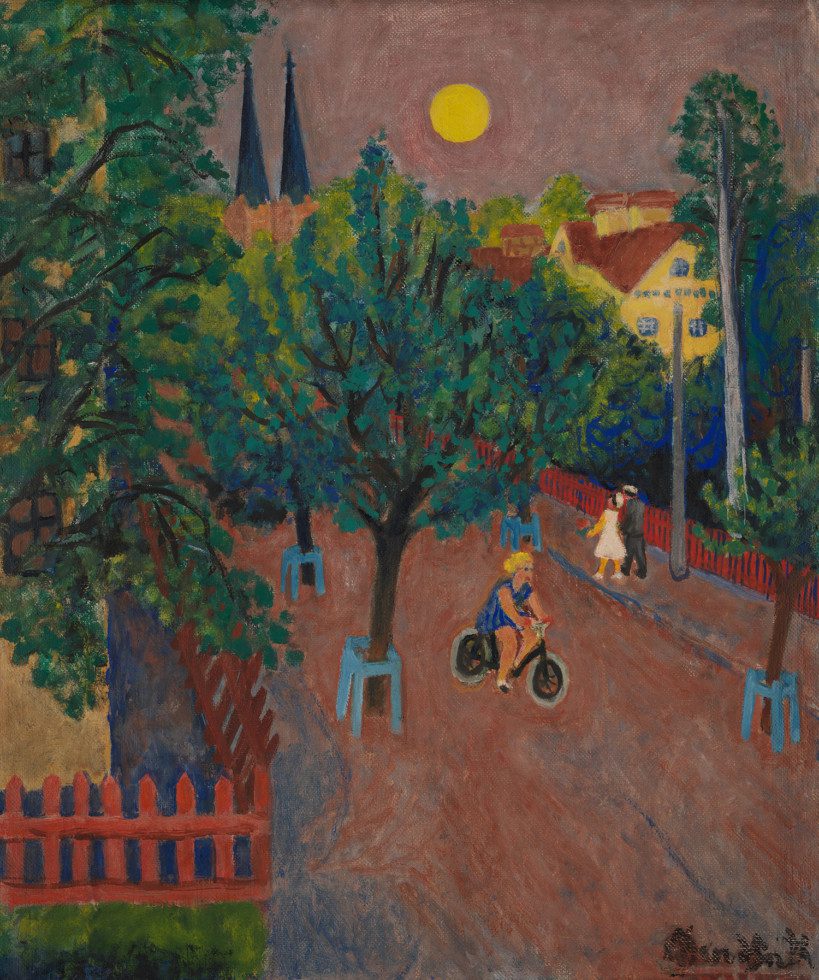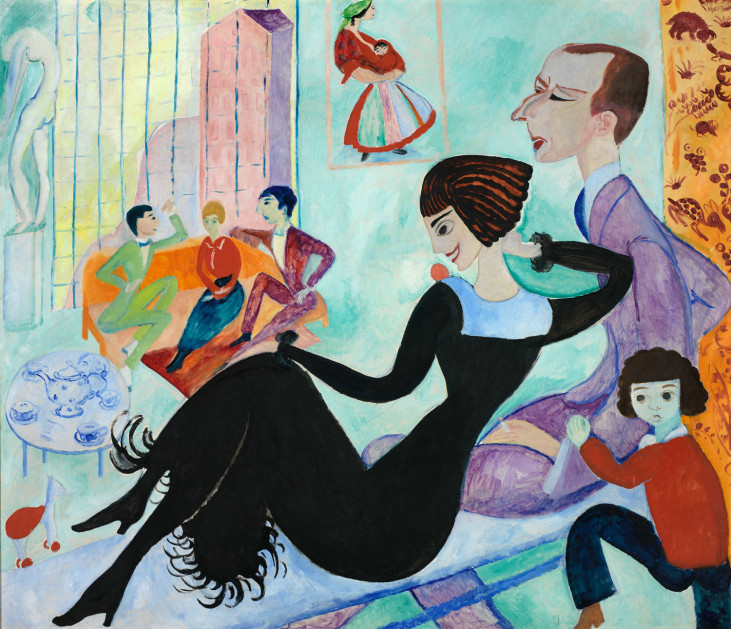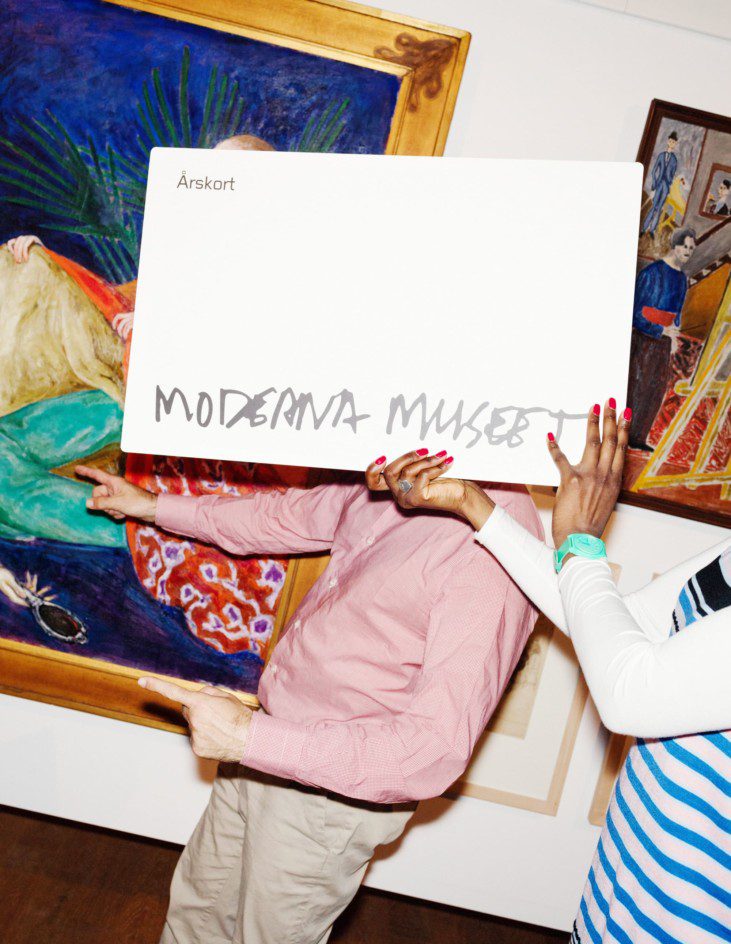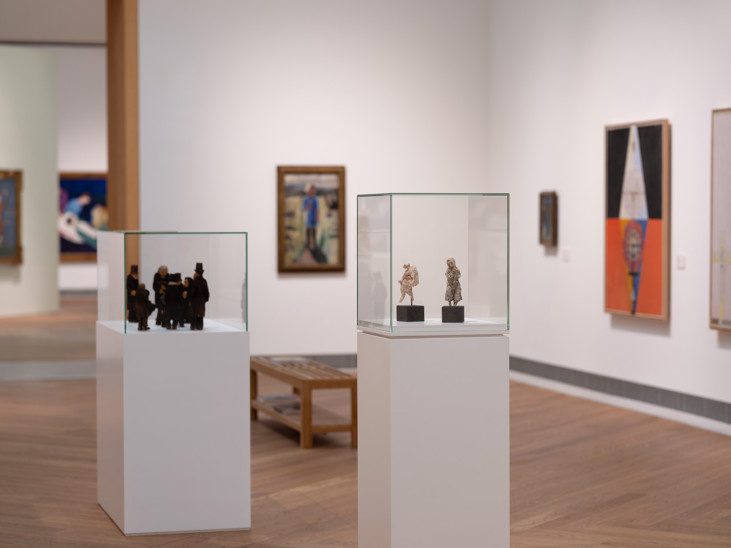
Bror Hjorth, Moonlight in Uppsala, 1941–1942 Photo: Prallan Allsten/Moderna Museet © Bror Hjorth / Bildupphovsrätt 2024
Bror Hjorth: Modernism meets folk tradition
22.3 2024
Stockholm
Bror Hjorth: Modernism meets folk tradition
Conversation
Date
Friday 22 March 2024
Time
At 18.30–19.30
Location
In the exhibition “Pink Sails – Swedish Modernism in the Moderna Museet collection”, floor 4
Language
Swedish
Price
Free admission. Limited seats
Free admission to the museum on Fridays at 18–20
Contact: Karin Malmquist, Moderna Museet
In Bror Hjorth’s practice, the expression of modernism meets folk tradition. The figurative language is often rough, and music was a great source of inspiration to the artist. In 1921 Hjorth traveled to Paris, where he lived and worked for the rest of the decade. In Paris, he followed the sculptor Antoine Bourdelle’s teaching, was inspired by Egyptian and Assyrian art and was impressed by Constantin Brâncuşi’s sculptures and Paul Gauguin’s paintings.
When Bror Hjorth showed four of his “Love Groups” at Galleri Färg och Form in Stockholm in 1935, the sculptures were reported to the vice squad by a visitor who found them morally offensive. After threats of prosecution, Hjorth removed the sculptures, but left the empty plinths in the gallery in protest. The fact that the exhibition was subject to government censorship sparked a great debate and attracted large numbers of visitors.
Hear Mattias Enström, curator at Bror Hjorths Hus in Uppsala, and Matilda Olof-Ors, curator at Moderna Museet and curator of the exhibition “Rosa segel – Swedish modernism in Moderna Museet Collection”, in a conversation about Bror Hjorth, his art and life.
Pink Sails
Revisit the classics and discover new artists in the Swedish Modernism movement. The exhibition “Pink Sails – Swedish Modernism in the Moderna …
Swedish Modernism in the Moderna Museet collection

Annual Pass
The Annual Pass gives you free admission to all our exhibitions for a whole year. Buy your Annual Pass today and visit us as often as you want! …
Annual Pass

Free admission on Fridays at 18–20
Start the weekend with art! Free admission to Moderna Museet every Friday evening. …
Free admission on Fridays at 18–20

